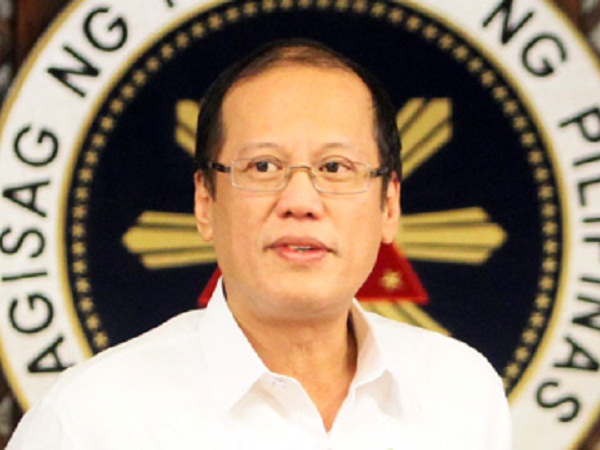Economy
The economy of
the Philippines is the fortieth largest in the world, according to 2012
international monetary fund statistics, and is also one of the emerging markets
in the world.
The economy of
the Philippines, whose GDP is close to US$95 Billions, based mainly in
agriculture, a sector that continues to be uncompetitive due to lack of
infrastructure.
The Industry
has grown meaningly since 1945.The service sector represent more than half of
PIB and benefits of moving the relocation of western companies.
The mining
industry is a important part of the Philippine economy. The sector employs 16%
of workforce and contributes a third of GDP. Among the major minerals extracted
are: gold, silver, copper, nickel, salt and coal. The industrial production
grew strongly since 1950. Food products, textiles, electronics, petroleum,
chemicals and furniture industry are the most important.
Agriculture employs 32% of the Filipino workforce as
of 2013, according to World Bank statistics and accounts for 12% of Filipino
GDP as of 2013, according to the World Bank.
The executive branch headed the government. It is composed of the President and the Vice President who are elected by direct popular vote and serve a term of six years.
Government
The President of the Philippines is the Benigno Aquino III. The Philippines government is a republic
with a presidential form of government, wherein power is equally
divided among its three branches: executive, legislative, and
judicial.
The legislative branch is vested in the Philippine Congress. It is permitted to make and create laws and alter. This institution is structured in the Senate and the House of Representatives.
(Benigno Aquino III)
The Judicial branch holds the power to settle
controversies involving rights that are legally demandable and enforceable.
It is made up of a Supreme Court and lower courts.





No comments:
Post a Comment